Keys to the City
Nine leaders who are combating global climate change—starting with the places where they live.
Cities are, fundamentally, about people—those who live in them as well as those who have the vision to lead. Meet some of the activists, sustainable developers, energy experts, scientists, and mayors who are taking action at home to strike a blow against climate change worldwide.

Anne Evens
CEO, Elevate Energy
Chicago
Psst—want some electricity? Evens can get it for you wholesale.
When you give people the chance to save money by changing their consumption habits, they tend to do it. That’s what drove Evens and Elevate Energy, the Illinois-based nonprofit she runs, to improve the pricing system for Chicago’s utility customers by letting them purchase cheaper electricity during off-peak hours. The improvement drives down peak demand—and carbon emissions.
But Evens didn’t just design a better system. She and her colleagues proved it could work, then pressed state legislators to pass a law that would make it available to every utility customer in Illinois. She also worked with state lawmakers to pass legislation making it easier for landlords to finance energy-efficiency improvements to their buildings with no cash outlay, borrowing money and repaying it over time through utility bills. “We’ve seen benefits at the consumer, environment, and community levels,” Evens says. “I’m a big believer that a lot of small changes can add up to produce a large, significant one. Or to put it another way, that many individual participants can contribute to the larger goal of lowering emissions.”

Rachel Filippini
Executive director, Group Against Smog and Pollution (GASP)
Pittsburgh
As the executive director of GASP since 2001, Filippini has been at the forefront of a local, citizen-led campaign to clean up southwestern Pennsylvania’s air quality and lower its greenhouse gas emissions. In 2014, the American Lung Association named Pittsburgh’s air the sixth-dirtiest in the nation. GASP is fighting back.
Through public education, watchdog-like scrutiny of polluters, and direct action—sometimes in the form of litigation—GASP has worked persistently to clean the air above Pittsburgh and southwest Pennsylvania. In doing so, it has reinforced in the public mind the many links between air pollution and the greenhouse gas emissions that lead to climate change. The organization recently filed suit against a coke-fuel plant on the Ohio River that has been in violation of EPA emissions regulations for years. The group pressured the government of Allegheny County to crack down on illegal idling by diesel vehicles, such as school buses. And it launched an air-monitor “loaner” program through which middle schools and high schools can borrow, for a suggested donation, equipment to monitor air pollution on-site.
Filippini’s program allows students to connect the dots between air quality and their own health. That’s one way, she says, to help ensure that the next generation will carry on with the fight for clean air. “Several years ago,” she recalls, “we had middle-school students lead a press conference. They made signs, chanted, and explained why clean air was important to them.” The event succeeded “because it didn’t just feature staff from an environmental organization. Maybe more important, the kids involved were left with a feeling of accomplishment, like they could make a difference in their community.”
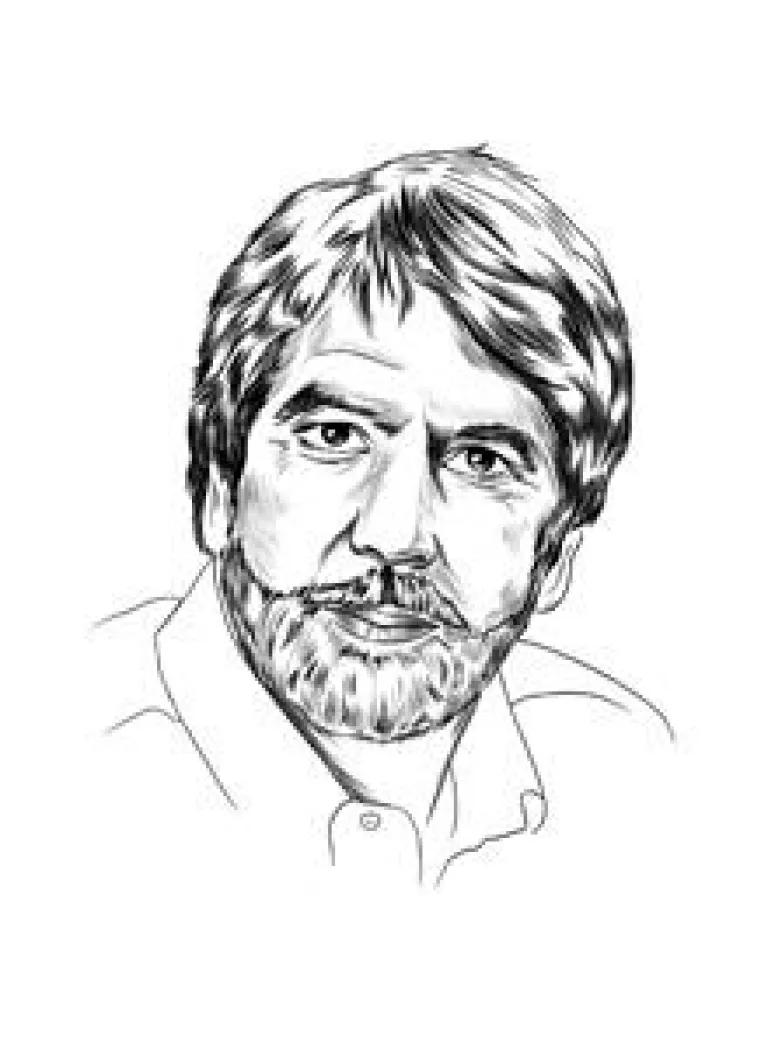
Enrique Penalosa
Former mayor
Bogotá, Colombia
As the mayor of Colombia’s capital from 1998 to 2000, Peñalosa revolutionized his city’s mass-transit system. Before he took office, that system was a byzantine jumble of thousands of privately operated minibuses. But with an urban planner’s attention to systemic detail and an activist’s concern for the daily needs of the working class, Peñalosa conceived and installed TransMilenio, a state-of-the-art rapid-transit bus system that began operation in 2000 and is now among the world’s largest. Practically overnight, roadways throughout Bogotá were redesigned to allow high-speed buses to zip down central two-lane corridors, providing the city’s almost nine million residents with safe and swift transportation. Within five years, the system was moving more than a million people each day. Now it’s an international model emulated by other cities around the world, including Mexico City and Santiago, Chile.
By one estimate, TransMilenio’s remarkable success translates into nearly 122,000 fewer cars clogging Bogotá’s streets annually, preventing the release of nearly 600,000 tons of carbon pollution each year. Though Peñalosa’s recent bid for the presidency of Colombia (on the Green Party ticket, naturally) ended in defeat, his legacy as an agent of dramatic, positive change is likely to last for generations—as will, we hope, his personal definition of urban progress: “An advanced city is not a place where the poor move about in cars; rather, it’s where even the rich use public transportation.”

Irma Soldevilla
Project director, Energy Observatory Dept., Barcelona Energy Agency
Barcelona, Spain
Back in 1996—just as anthropogenic climate change was beginning to enter the public consciousness—some very bright bulbs in Barcelona looked around and realized that the seven hours of sunlight the city soaked up every day (on average) really ought to be put to use. It was this kind of thinking that spurred the city to form the Barcelona Energy Agency, a public research and administrative office tasked with carrying out a comprehensive sustainability plan that calls for cutting overall energy consumption in the city by 9 percent, and greenhouse gas emissions by 16 percent, by 2020.
Soldevilla is responsible for one of the initiative’s most stellar accomplishments. Though the agency is currently pursuing its broad goal with more than 100 sustainability-related projects (such as converting biomass, culled from the city’s hundreds of public parks, into electricity), its secret weapon is the sun. In 1999 Barcelona passed a solar thermal ordinance requiring all new commercial buildings and apartment buildings of 16 units or more to install photovoltaic panels sufficient to heat at least 60 percent of the buildings’ hot water. In a clear-cut case of cities leading the way, Barcelona’s ordinance caught on all across Spain; 70 other municipalities replicated it before the country, in 2006, became the first in the world to enact a national building code along the same lines.
Today Soldevilla oversees the construction of what will eventually be one of the largest municipal photovoltaic systems in Europe. The star at its center is the Solar Pergola, a soccer field–size array on the city’s Forum Esplanade. The urban solar facility has become a tourist attraction. It’s already producing more than 550,000 kilowatt-hours of electricity each year, enough to power roughly 160 homes, reducing Barcelona’s greenhouse gas emissions by more than 440 metric tons per year, equivalent to the emissions created by more than 44,000 gallons of gasoline. Today, it’s cutting-edge. By 2020, says Soldevilla, “careful energy consumption will be a part of people’s lives.”
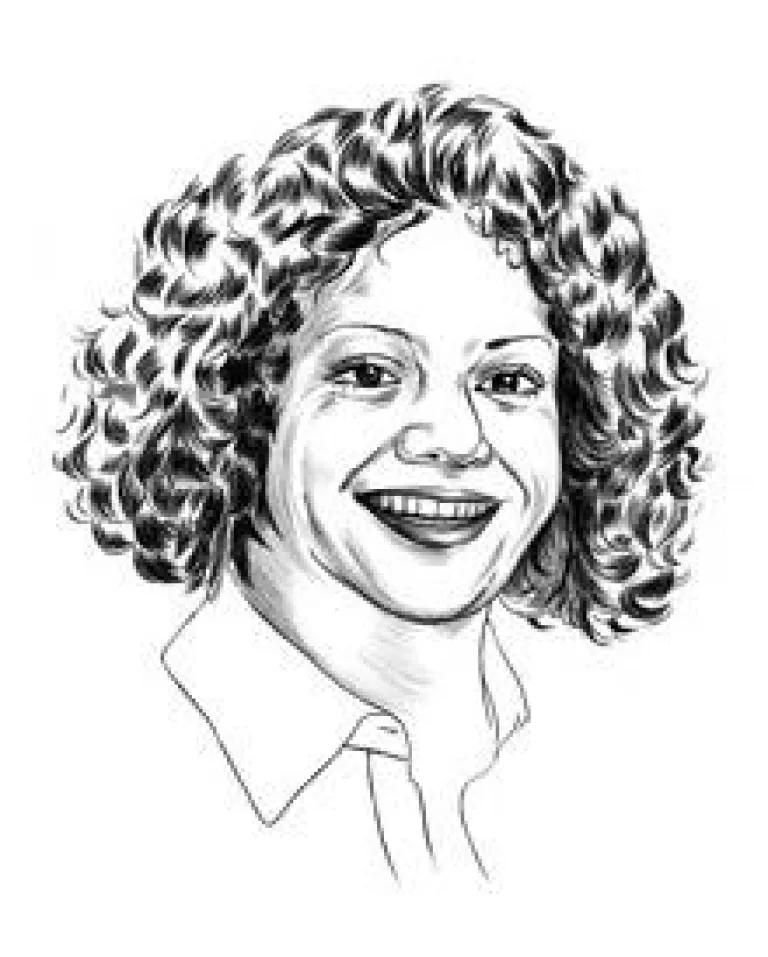
Kimberly Wasserman
Executive director, Little Village Environmental Justice Organization
Chicago
Wasserman was born and raised in Little Village, a largely Hispanic neighborhood on Chicago’s southwest side. For years, the community sat next to two of the dirtiest coal-fired power plants in the country. They spewed out toxic emissions and coal dust. As a single mother living in Little Village during the late 1990s, Wasserman one day noticed clear signs of respiratory distress in her infant son; after rushing him to the emergency room, she learned he had experienced his first asthma attack. Suspecting the episode was directly related to her community’s air quality, Wasserman resolved to survey her neighbors about their health. She went door-to-door and discovered from their testimony that the rates for asthma, bronchitis, and other respiratory illnesses were far higher in Little Village than elsewhere in Chicago.
The survey inspired Wasserman, at the tender age of 21, to organize her Little Village neighbors and lead them in protests and other forms of direct action intended to publicize this long-ignored pattern of indifference to the health of Chicago’s minority communities. Over the next 14 years, through her work with the Little Village Environmental Justice Organization—where she began as a volunteer, and which she now directs—she worked to protect her community. The result was the Chicago Clean Power Ordinance, a local law that effectively shuttered the two local power plants in 2012. Through it all, says Wasserman (who was awarded a 2013 Goldman Environmental Prize for her efforts), she drew on her son for motivation. “There’s nothing like your six-year-old asking you, every time you go by the power plants, ‘Hey, Mom, when are you going to shut those things down?’ ” But she also credits all those neighbors who invited her onto their porches and into their living rooms. “It was their ideas, voices, and actions that we built on.”
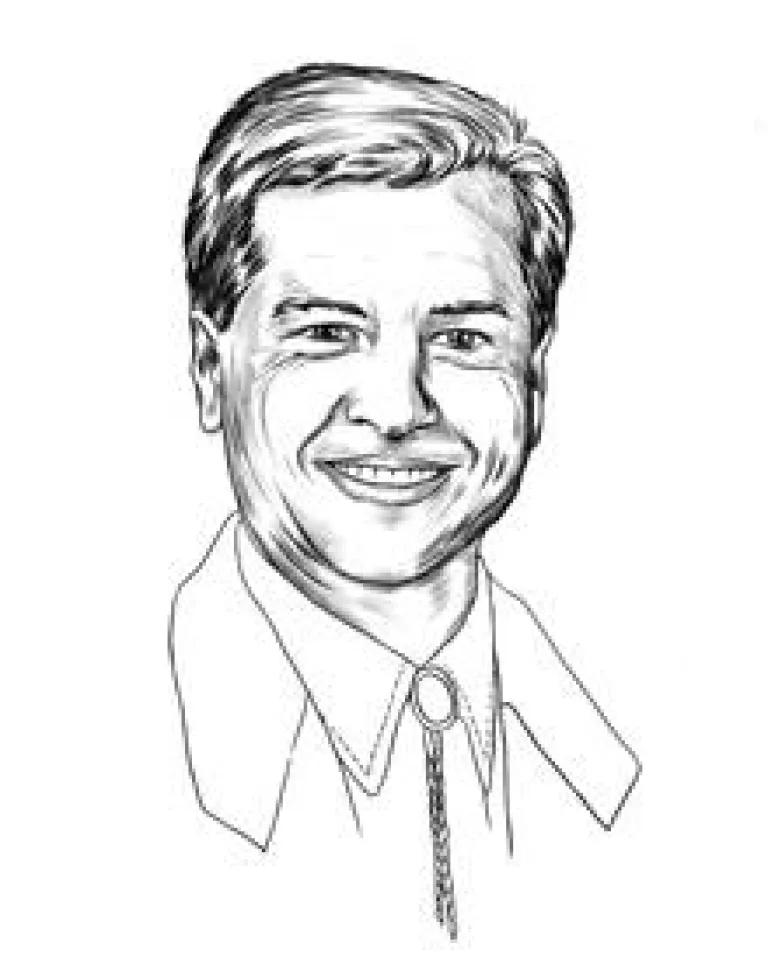
Jason Geddes
Environmental services administrator, City of Reno
Reno, Nevada
Reno—“The Biggest Little City in the World,” as it likes to bill itself—was already in an elite category when Geddes was asked to serve as the city’s first environmental services administrator, back in 2008. Thanks to its success at tapping the potential energy stored in an abundance of underground hot springs, Reno had become an international leader in geothermal power, one of the cleanest and safest energy forms available. All the same, Geddes was hired not merely to maintain Reno’s reputation as a green city. He was hired to burnish it via new ideas and energy-saving innovations.
During his first four years, Geddes oversaw the implementation of Reno’s Energy Efficiency and Renewable Energy Initiative. It called for the city to upgrade its dated infrastructure, retrofit its lighting and HVAC systems, and significantly expand its renewable energy portfolio well beyond geothermal to include sizable contributions from solar and wind as well. Today, Reno generates enough renewable electricity—100 megawatts of it—to supply the entire residential power load for this city of just under a quarter-million people. And through the various upgrades and added efficiencies that Geddes saw through to completion, Reno has reduced its annual electricity usage by nearly nine million kilowatt-hours in the six years he has been at the helm.
These accomplishments translate into conserved energy and reduced emissions, to be sure, but they also translate into something else: money. The $19.5 million renewable energy initiative will end up paying for itself ahead of schedule. “It would have been financially viable with $1.1 million per year in utility savings,” says Geddes. “But we’ve actually saved $1.6 million per year, and those additional savings are now being made available for other city needs.”
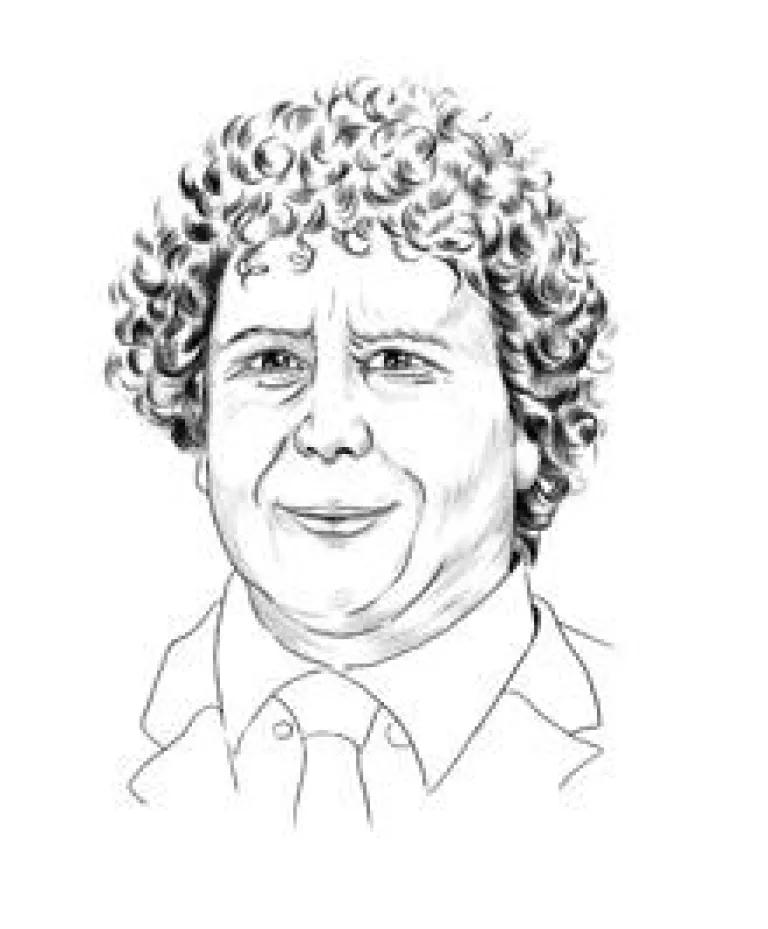
Ger Baron
Cofounder, Amsterdam Smart City
Amsterdam
Imagine a digital urban universe where shopkeepers and café owners along a designated “climate street”—a particularly quaint form of urban laboratory—excitedly announce their progress in cutting their carbon emissions. Or where you can search, in real time, for a parking space, saving yourself the time you would otherwise spend driving around looking for one while spewing CO2 into the air. Welcome to Amsterdam Smart City, an open-source platform built on data from citizens who want to make the Dutch capital a more livable, sustainable city. Its developer, Baron, designed it to connect residents, businesses, research institutions, and city officials as they pursue this common goal. It does so by breaking down communication barriers, effectively letting everyone in Amsterdam weigh in on what’s working in their city, what isn’t working, and what could use a little more work.
So far, more than 70 partners in and around Amsterdam have launched dozens of projects that take advantage of the platform’s ability to link residents directly to the ideas, innovations, and technologies that have already made the city an international model. In civic pride, Baron seems to have discovered an endlessly renewable resource capable of yielding a remarkable amount of energy, all of it positive. And, he says, there’s no reason to believe that his experiment’s success can’t be duplicated in any city, regardless of its size, so long as that city enjoys a critical mass of people who care and some means for them to connect. “Cities are just villages,” Baron maintains, “at least to the extent that the communities within them are what’s most important.”
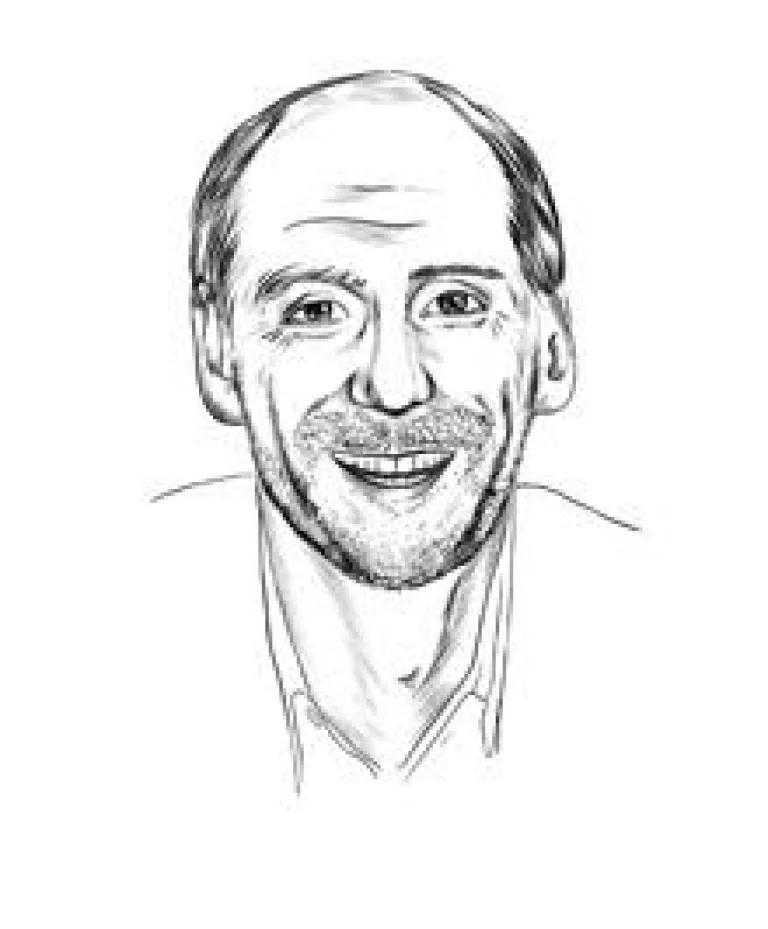
David Ramslie
Sustainable development expert
Vancouver, Canada
In 2009, while officials in Vancouver were formulating an aggressive plan to make their city the greenest in the world by 2020, they noted a striking piece of data: More than half of the city's greenhouse gases were coming out of its buildings. In order to make their hometown truly sustainable, these officials determined, they were going to have to get serious about the building code.
Enter Ramslie. In his position as the city’s sustainable development programs manager, he responded by spearheading the city’s Green Homes Program, which required that all new homes include energy-saving features like more-efficient lighting and dual-flush toilets. Then he and others extended many of those requirements to nonresidential construction. The goal: to make all new structures carbon neutral, or “net-zero”—meaning that they generate at least as much energy as they consume—by 2020. The city’s first net-zero building, a 64-unit housing complex for senior citizens, is warmed by waste heat drawn from the grocery store next door and supplemented by heat from a solar thermal system. Developers may exceed Vancouver’s height limits for new buildings, in some cases, if those structures reduce energy use by 40 to 50 percent. And parking lots for new condominiums and apartment buildings must include docking stations that recharge electric cars.
Last year, Ramslie left his post to take a job with a design and engineering firm that specializes in large-scale, sustainable development. “You can’t always make a values-based argument,” he says. “But you can appeal to the need to save money. And you want spaces to be contributing to human health, rather than detracting from it.”

Aja Brown
Mayor, City of Compton
Compton, California
Since being elected mayor of Compton, a municipally independent community south of downtown Los Angeles, Brown has been championing thoughtful urban development in a city that’s probably better known—fairly or not—for its history of poverty and urban blight. Armed with a master’s degree in urban planning from the University of Southern California and a decade’s worth of experience on the planning commissions of neighboring cities in Los Angeles County, Brown, now 32, arrived on the job in 2013, firm in her belief that Compton was ready to be remade according to a more sustainable model.
Smart Compton is Brown’s ambitious plan to reorganize the city’s neighborhoods around a revitalized and more walkable downtown. She is using tax incentives to entice new businesses. And she’s luring traffic-weary commuters who are looking to escape gridlock with an increased supply of housing built around public transit. The first two developments to go up under the plan—including the one that Brown and her husband call home—are adjacent to the Compton Station stop on the Metro’s Blue Line.
But clearing a path for Compton’s bright future can’t be achieved without addressing aspects of its dilapidated past. Brown is tackling the challenge with Clean Compton, a program from her planning-commission days, which reclaims brownfield sites for public green space and new commercial and residential use. Already the city has cleaned up three of its most forlorn, and even hazardous, pieces of real estate. At one of them, formerly the site of a gas station, workers excavated several 10,000-gallon fuel tanks that had been abandoned by the station’s owner and left to decay underground.
Both programs, Brown says, represent the first steps toward a greener and safer city. And to those who fear gentrification of this historically African-American community, she has a quick answer. “Gentrification is when you go in, clean out businesses, and [build] something else. This revitalization project is returning the city to the community.”
Portrait illustrations by Ini Neumann
This article was originally published on onEarth, which is no longer in publication. onEarth was founded in 1979 as the Amicus Journal, an independent magazine of thought and opinion on the environment. All opinions expressed are those of the authors and do not necessarily reflect the policies or positions of NRDC. This article is available for online republication by news media outlets or nonprofits under these conditions: The writer(s) must be credited with a byline; you must note prominently that the article was originally published by NRDC.org and link to the original; the article cannot be edited (beyond simple things such grammar); you can’t resell the article in any form or grant republishing rights to other outlets; you can’t republish our material wholesale or automatically—you need to select articles individually; you can’t republish the photos or graphics on our site without specific permission; you should drop us a note to let us know when you’ve used one of our articles.

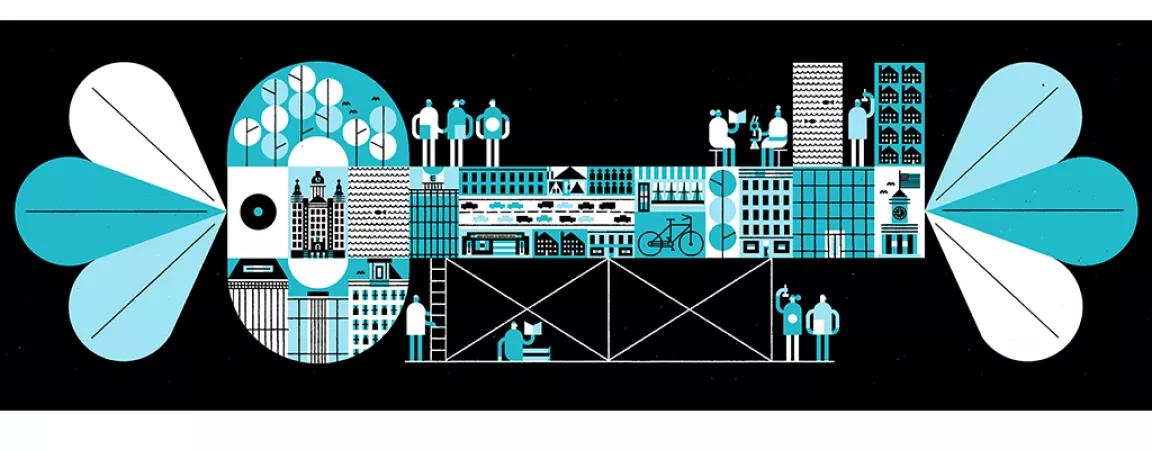
What Are the Solutions to Climate Change?
Rich, Polluting Nations Still Owe the Developing World
Sharing the Road: Safer Streets Means Safe for Everyone